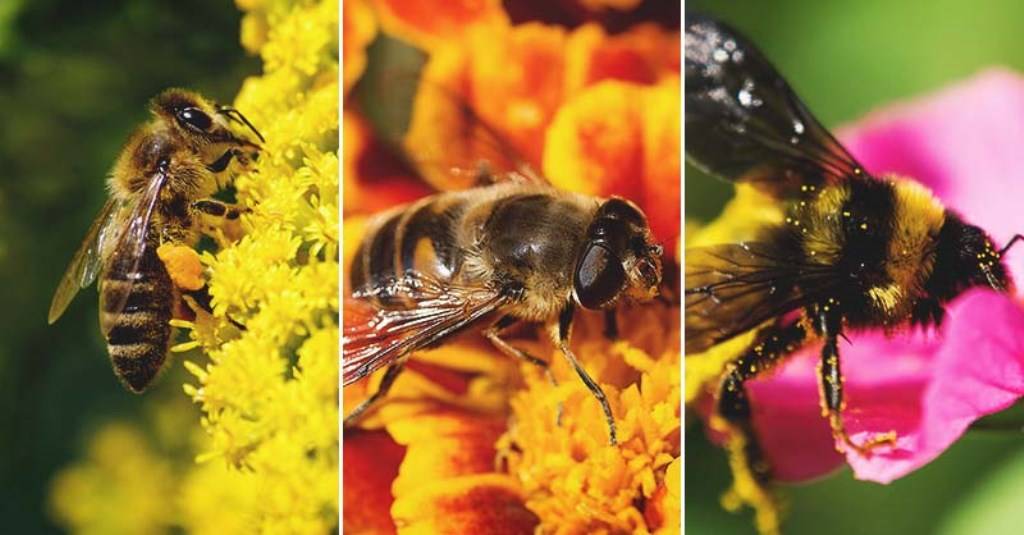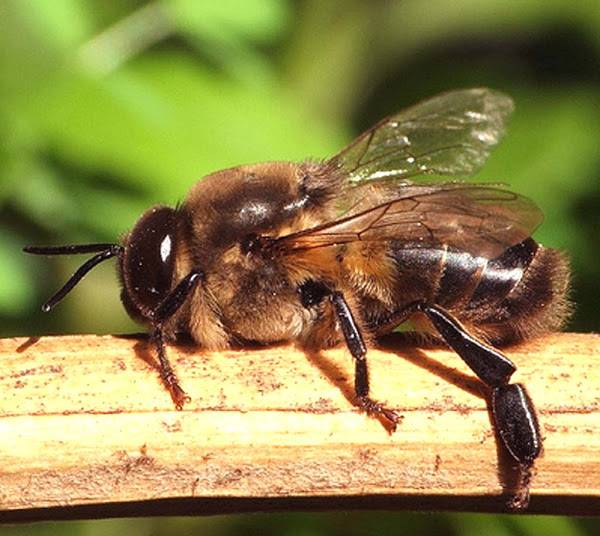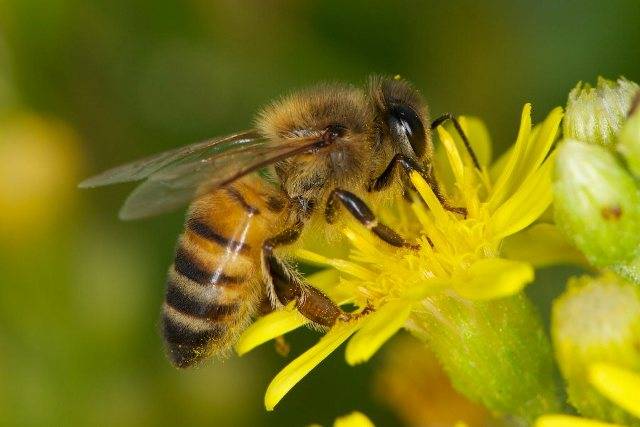
Beekeeping is an absorbing hobby to some, and to others it is an industry for producing honey and wax. Since ancient times, honeybees have been kept in a crude manner in India. Beekeeping, today is based upon improved methods using the principles of movable frame-hive, honey extractor and the smoker.
Beekeeping is an ideal hobby because it involves outdoor work and does not require much time. It is both interesting and instructive. Moreover, the returns in the form of money and mental satisfaction are highly gratifying. Beekeeping is an asset as honey bees help in increasing crop yields through pollination and gather nectar to produce honey and wax. It is a well considered view that the income derived by increased crop yield due to beekeeping is quite substantial.
Honeybees belong to that group of insects which are called by their generic name, Apis. There are only four species of Apis in the world, all of which build wax combs, gather and store a surplus of pollen and nectar. Two species, Apis florea, the smallest of the four, and Apis dorsata the largest, build a single comb in an exposed area, usually under a large branch of a tree.
In cities, both the species may build their nests under overhanging roofs. Because they do not nest in cavities and have no way of protecting their nests, they are found in tropics only and have the least economic value.
The other two species namely Apis indica and Apis mellifera nest in protected cavities and are found in both tropical and temperate areas. These two species are usually kept in modem movable frame hives.

1. Apis Indica
It is called Indian honeybee and is found practically throughout India. There are several regional strains of whih the hill and plain types are two well recognized strains. The workers of the plain strains are comparatively smaller and look yellow in color. At higher altitudes, larger and darker bees are found. The Apis indica makes a series of parallel combs. It constructs the combs parallel to the direction of the entrance in the plains of South India.
This is called cold-way of comb formation. But at higher altitudes, combs are at right angle to the entrance which is called warm-way of comb formation. These bees are gentle, respond to smoking, a good gatherer of honey and yields about 4 -5 kg honey per colony. The honey yield depends upon the duration of peak honey flow season.

2. Apismellifera
This bee is known as European bee. It makes its nest in enclosed spaces and builds parallel combs. It has many desirable traits such as a prolific queen, swarms less, has gentle temperament, good honey gathering quality and adaptability to movable hive. Average yield of 45 kg to 180 kg per colony in apiaries of 500 or more colonies is common in western countries.
Some colonies of Italian bees from the U.S.A were received in Kashmir (1952), Himachal Pradesh (1961)and Punjab(1963). These bees brought many brood diseases prevalent in Europe and America. Therefore, their introduction is not allowed by the Govt. of India.











